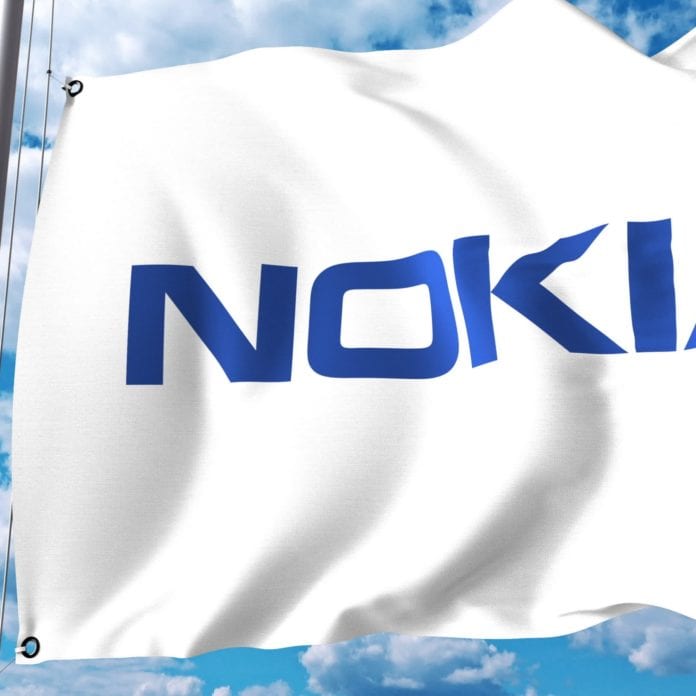Nokia has been slowly moving from the use of field programmable gate arrays towards 5G silicon technology
This week, Nokia has inked two separate deals, one with semiconductor company Marvell Technology and the other with Intel, to jointly developed custom silicon solutions. The Finnish vendor’s aggressive movement in this directions is, perhaps, not much of a surprise, as Nokia has been slowly moving away from the use of field programmable gate arrays (FPGAs), and is now interested in using custom silicon solutions in its early 5G products.
Nokia and Marvell are developing 5G multi-RAT (Radio Access Technology) silicon innovations, including multiple generations of custom silicon and infrastructure processors to further expand the range of the Finnish Vendor’s ReefShark 5G chipsets. The custom system-on-chip and infrastructure processors combine Nokia’s differentiated wireless technology with Marvell’s multi-core Arm processor platforms.
With Intel, Nokia has been working closely with the company on the new Intel Atom P5900 processor that combines compute, connectivity and acceleration technologies. The jointly developed custom silicon solutions are included in Nokia’s AirScale radio access products being shipped worldwide as part of its 5G “Powered by ReefShark” portfolio.
In addition, Nokia will be incorporating the latest Intel Xeon processor technology in Nokia’s cloud infrastructure.
Marvell’s portfolio of multi-core Arm processors provides specialized compute and data-plane acceleration for applications that target the core of the network all the way to the edge, and builds on five previous generations and provides a combination of programmability and performance that, according to the company, “represent a significant benefit for Nokia ReefShark chipsets.”
Both of the silicone solutions Nokia is working on with each company will be used in its AirScale radio products and will reduce size and power consumption, while providing a capacity and performance boost.
Tommi Uitto, president of mobile networks at Nokia, referred to the partnership with Marvell as an “important announcement” that “highlights [Nokia’s] continued commitment to expanding the variety and utilization of ReefShark chipsets in our portfolio.”
“As service providers continue to evolve their 5G plans and support growing traffic and new vertical services, the infrastructure and components must evolve rapidly,” he added. “Adopting the latest advancements in silicon technology is a critical step to better serve our customers’ needs.”
On the Nokia Q4 2019 call, Rajeev Suri, Nokia’s president and CEO, admitted that the original plan to use FPGAs proved to be more costly than anticipated and that it might be about six months before the benefits of the transition to silicone become apparent.

